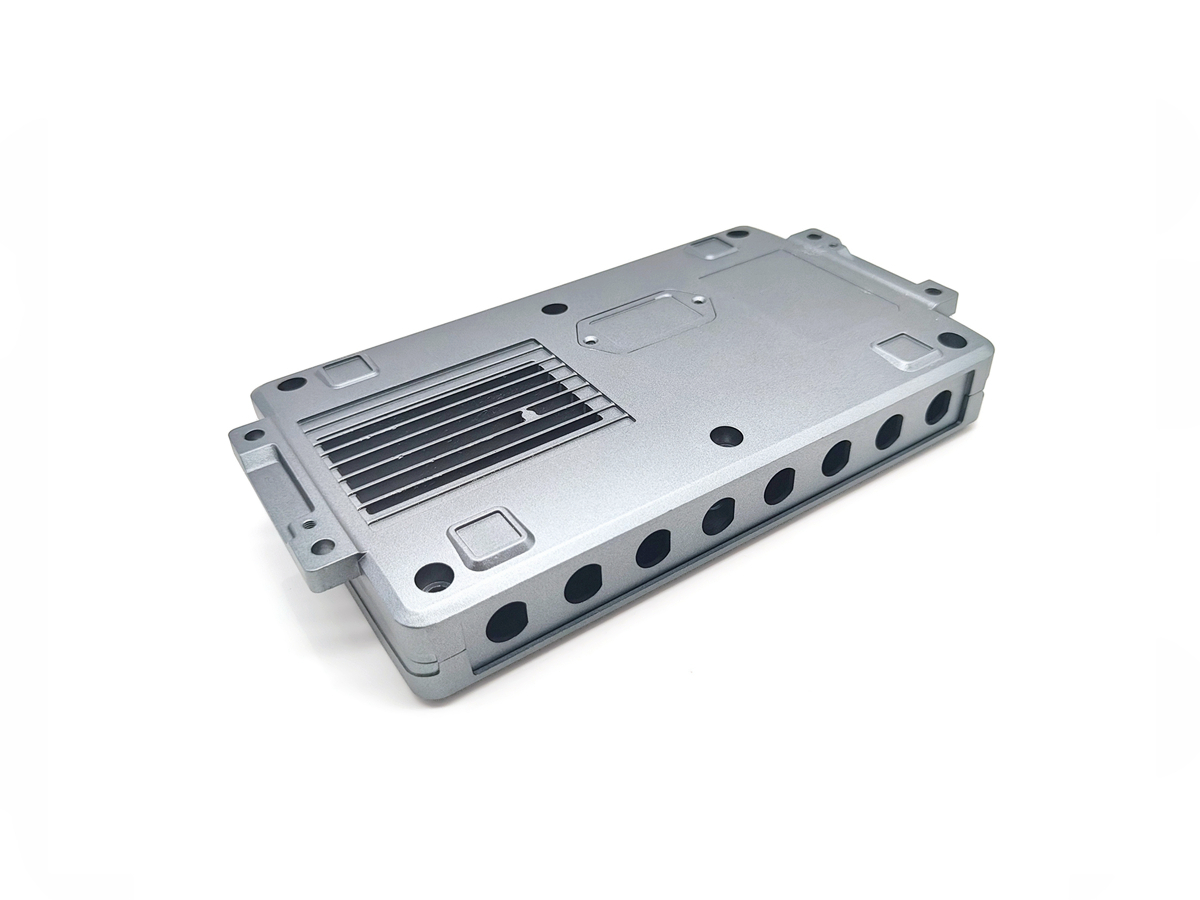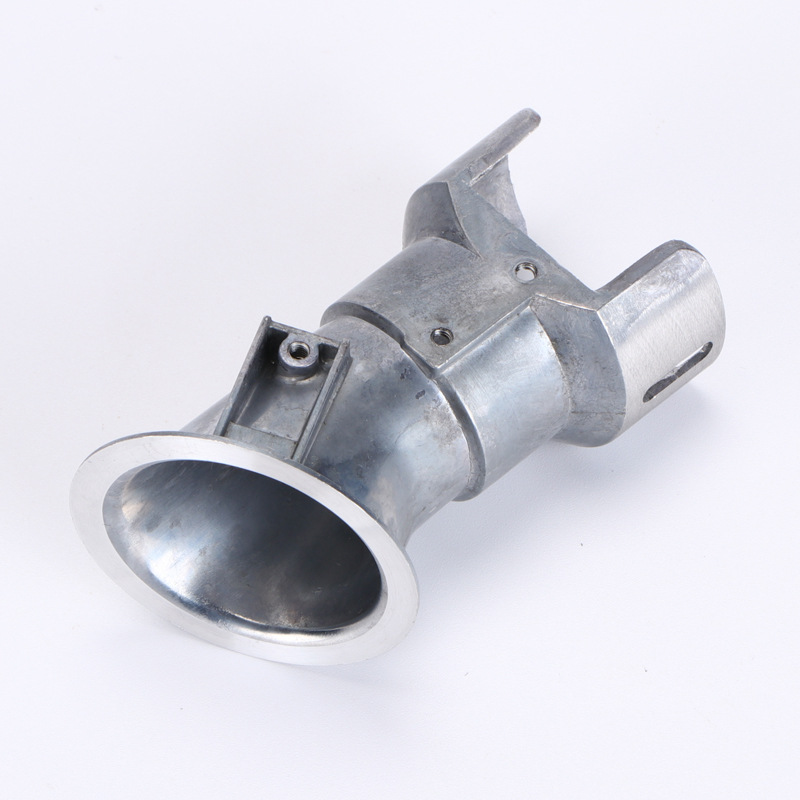Aluminum Alloys
Aluminum die casting alloys offer a unique combination of lightweight structure, high mechanical strength, and excellent thermal conductivity, making them ideal for producing precision components at high volumes. At Neway, we specialize in the die casting of aluminum alloys, supporting a full range of grades from A380 to AC4C, tailored to specific functional and manufacturing requirements.
Description
Aluminum die casting alloys combine strength, corrosion resistance, and thermal performance for high-precision industrial and consumer applications.
Commonly Used Aluminum Die Casting Alloys
Neway offers extensive expertise across standard and specialty aluminum alloys. Each alloy delivers distinct advantages in casting behavior, mechanical strength, and post-processing performance.
Alloy | Key Features | Applications |
|---|---|---|
Best all-around performance, high fluidity, dimensional stability | Housings, brackets, telecom, electronics | |
Better corrosion resistance and pressure tightness than A380 | Marine, automotive electronics, pump bodies | |
Excellent pressure tightness, smooth finish | Hydraulic components, engine blocks | |
Higher tensile strength, good machinability | Automotive structural parts, load-bearing components | |
Excellent thermal resistance, weldability | LED heat sinks, engine parts | |
High corrosion resistance, excellent surface finish | Outdoor enclosures, marine equipment | |
High silicon for superior fluidity and wear resistance | Thin-wall complex castings | |
High mechanical strength and elongation | High-load parts, safety-critical components |
These materials are chosen according to NADCA and ISO 3522 standards for aluminum alloy classification, ensuring consistency in international projects.
Mechanical Properties Comparison
The table below summarizes mechanical performance under standard as-cast conditions (room temperature, per ASTM B85):
Alloy | Tensile Strength (MPa) | Yield Strength (MPa) | Elongation (%) | Thermal Conductivity (W/m·K) |
|---|---|---|---|---|
A380 | ~324 | ~159 | 3.5 | ~96 |
A360 | ~317 | ~170 | 4.0 | ~96 |
A413 | ~330 | ~165 | 3.0 | ~120 |
AC8A | ~360 | ~210 | 2.5 | ~105 |
AC4C | ~280 | ~130 | 8.0 | ~130 |
AC7A | ~250 | ~110 | 10.0 | ~140 |
AlSi12 | ~240 | ~120 | 1.5 | ~140 |
AlZn10Si8Mg | ~350 | ~230 | 4.5 | ~100 |
Note: Properties may vary slightly depending on wall thickness and cooling rates during casting.
CNC Machining Behavior
Aluminum die casting alloys are generally very machinable, especially with proper tooling and fixturing. However, high silicon content (as in AlSi12 and A380) can increase tool wear.
Key machining considerations include:
Tooling: Carbide or PCD inserts recommended for long tool life
Coolant: Emulsified coolant systems are preferred to reduce built-up edge and maintain surface quality
Tolerances: ±0.05 mm typical; precision machining can achieve Ra ≤ 1.6 µm
Fixturing: Must accommodate lightweight, thin-walled geometries and minimize distortion
Neway’s CNC machining services are fully integrated with die casting, enabling tight dimensional control and smooth finishes even for high-volume runs.
Surface Treatment Compatibility
Most aluminum alloys respond well to post-process finishing for enhanced functionality and durability. Common treatments include:
Anodizing: Improves corrosion resistance and enables decorative finishes. AC4C and AC7A are especially suitable.
Powder Coating: Applied to enhance environmental durability and aesthetics, especially for consumer goods.
Tumbling: Used to prepare parts before coating or eliminate flash.
Painting: Offers full-color coverage and logo customization.
Arc Anodizing: Recommended for extra-thick oxide layers with superior hardness.
Each alloy’s response to these processes is determined by its silicon content, copper percentage, and surface porosity.
Selecting the Right Alloy with Neway
Choosing the optimal alloy depends on balancing structural requirements, environmental exposure, secondary processes, and cost targets. Our engineering team provides full design support—including mold flow analysis, thermal simulation, and alloy selection—to help clients reduce cycle time and improve part durability.
With in-house tooling capabilities and scalable production solutions, we guarantee repeatability, performance, and cost-efficiency across small batches or mass manufacturing runs.
FAQs (no answers needed):
Which aluminum alloy is best for high-precision electronic enclosures?
How does A360 compare to A380 in terms of corrosion resistance?
Can AlSi12 parts be post-machined to tight tolerances?
Which aluminum alloys are most suitable for anodizing?
What are the main differences between AC4C and AC8A alloys?


